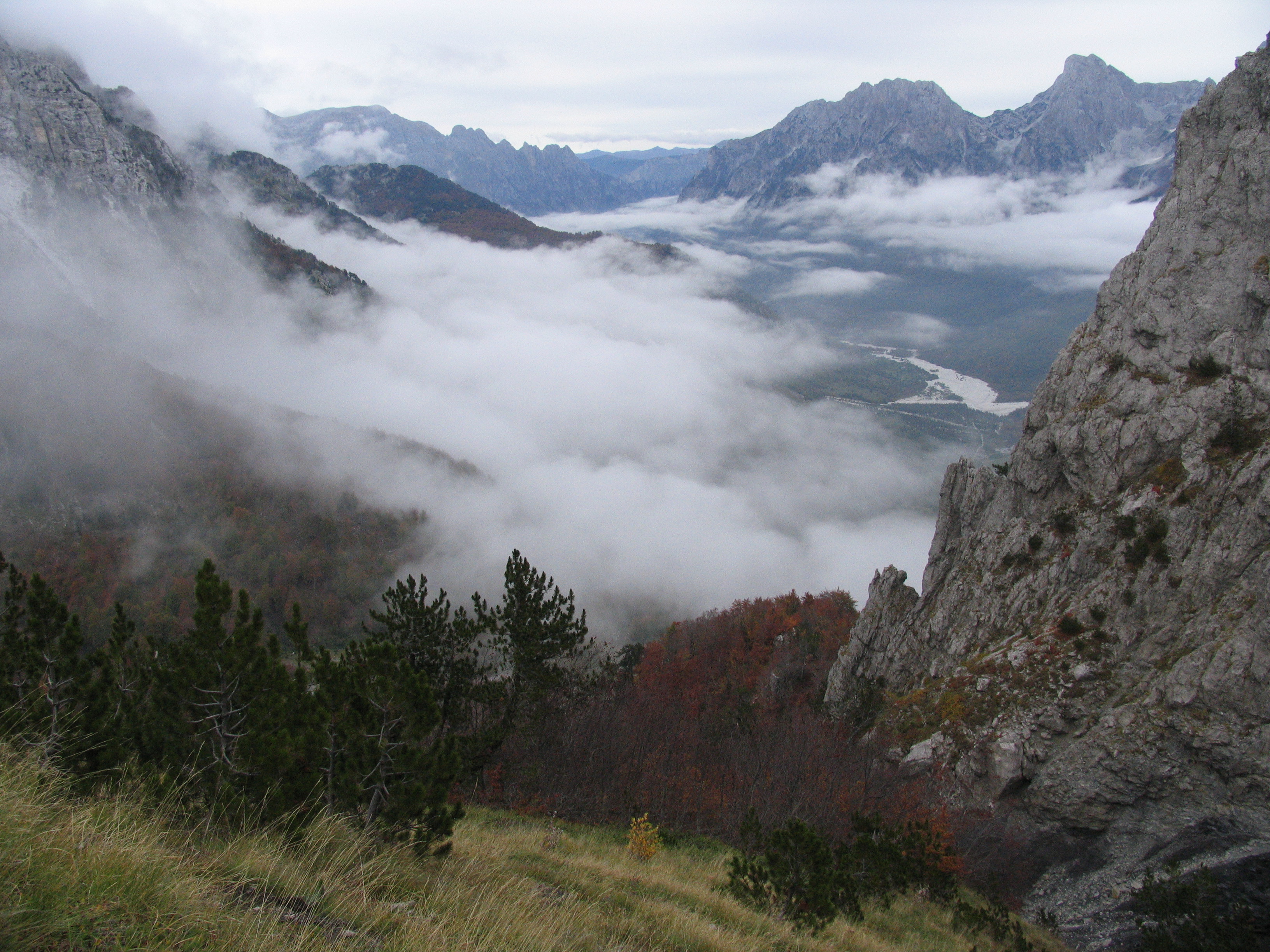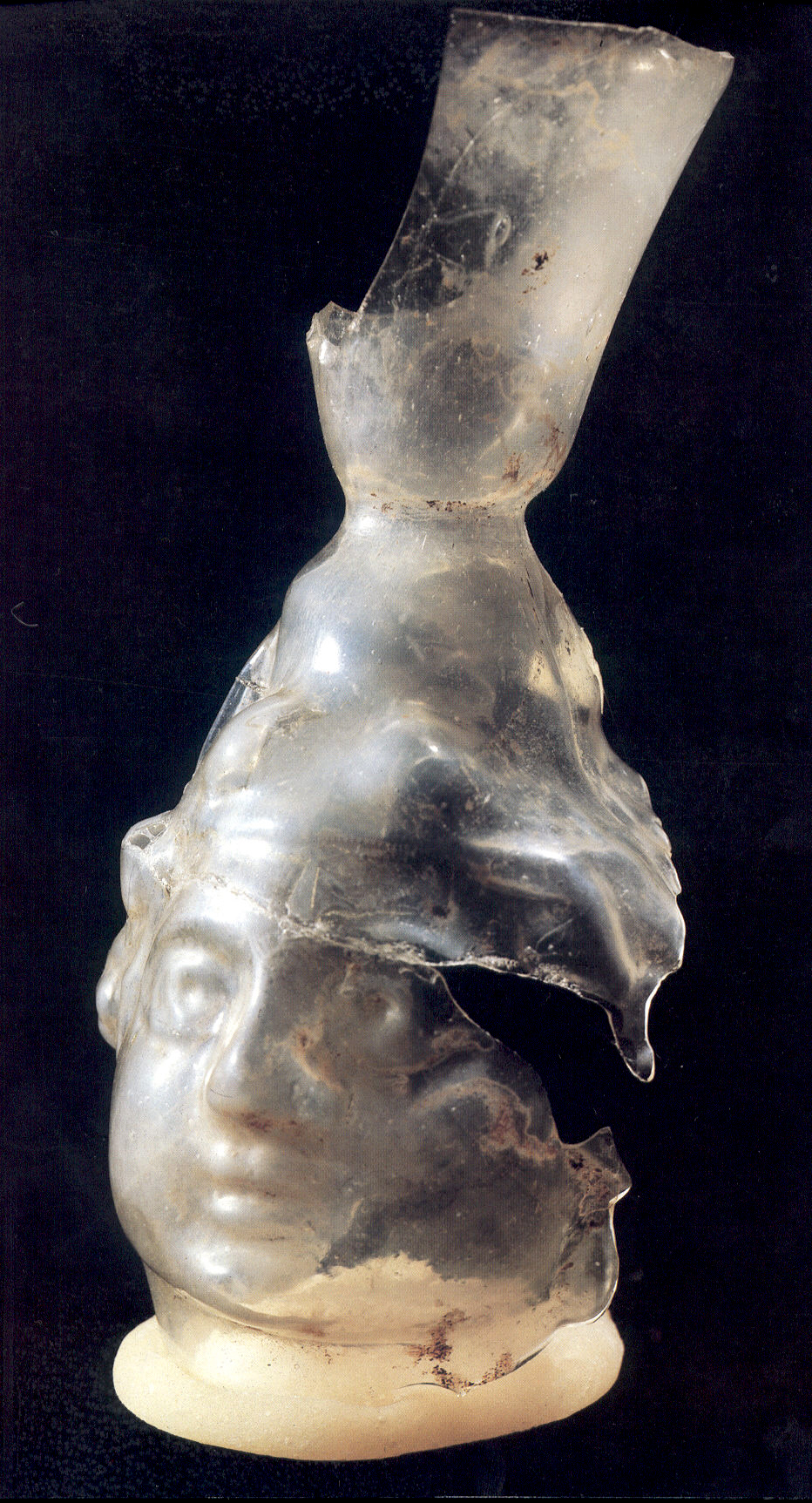|
Igman
Igman ( sr-cyrl, Игман, ) is a mountain plateau in central Bosnia and Herzegovina. Geologically, Igman is part of the Dinaric Alps and formed largely of secondary and tertiary sedimentary rock, mostly Limestone. It is located southwest of Sarajevo, bordering the Bjelašnica range in the south and west, Hadžići and Ilidža in the north, and the river Željeznica in the east. Igman's highest point, Crni vrh, west of the Malo Polje road, at an altitude of , the homonym highest elevation on the east side of this road reaches an elevation of . Most of Igman is covered with mixed forest with local pastures (f.i.: Veliko Polje: Large Field, Malo Polje: Small Field). Igman was the location of the lowest recorded temperature in the region, . Igman has been the site of extensive combat during the 1992-95 Siege of Sarajevo and certain areas, in particular the surroundings of former front lines, feature a high mine risk. Sports During the 1984 Winter Olympics, Igman was, alo ... [...More Info...] [...Related Items...] OR: [Wikipedia] [Google] [Baidu] |
1984 Winter Olympics
The 1984 Winter Olympics, officially known as the XIV Olympic Winter Games ( Serbo-Croatian and Slovene: ''XIV. Zimske olimpijske igre''; Cyrillic: XIV Зимске олимпијске игре; mk, XIV Зимски олимписки игри, XIV Zimski olimpiski igri) and commonly known as Sarajevo '84 ( Cyrillic: Сарајево '84; mk, Сараево '84), was a winter multi-sport event held between 8 and 19 February 1984 in Sarajevo, Yugoslavia. It was the first Winter Olympic Games held in a Slavic language-speaking country, as well as the only Winter Olympics held in a communist country before the 2022 Winter Olympics in Beijing, China. It was the second consecutive Olympic Games to be so held, after the 1980 Summer Olympics in Moscow, Soviet Union. The Games were held in Sarajevo and at neighbour resorts in the Dinaric Alps located less than 25 kilometers from the city. At the first days of the Games, the sports program was disrupted by extreme weather con ... [...More Info...] [...Related Items...] OR: [Wikipedia] [Google] [Baidu] |
Igman Olympic Jumps
Igman Olympic Jumps, also known as Malo Polje, is a defunct ski jumping hill on the mountain of Igman in Ilidža, Sarajevo, Bosnia and Herzegovina. It consists of a large hill with a construction point (K-point) of and a normal hill with a K-point of . Construction started in 1980 and the venue opened in 1982 to host ski jumping and Nordic combined at the 1984 Winter Olympics. The large hill event saw Finland's Matti Nykänen set the hill record of in front of 90,000 spectators. No other International Ski Federation (FIS) sanctioned competitions have taken place at the hills. During the Siege of Sarajevo, the hills became a battleground and have since not been used. However, there are plans to rebuild the in-run, expand the large hill and build new spectator stands and visitor facilities. History The Malo Polje area of Igman has traditionally been used for recreational cross-country skiing. During Sarajevo's Olympic bid, the two ski jumps were proposed as separate venues. ... [...More Info...] [...Related Items...] OR: [Wikipedia] [Google] [Baidu] |
Bjelašnica
Bjelašnica ( sr-cyrl, Бјелашница, ) is a mountain in central Bosnia and Herzegovina. It is to the southwest of Sarajevo, bordering Mount Igman. Bjelašnica's tallest peak, by which the mountain group got its name, rises to an elevation of . Other notable peaks are Krvavac (), Mali Vlahinja (), and Hranisava (). The Bjelašnica range is bordered by the Rakitnica in the south, the Neretva in the west, Mount Igman in the north-east and Mount Ivan in the north-west. Only at 20 minutes distance of Sarajevo, it is a tourist attraction for hiking and skiing. Bjelašnica was, in certain areas, the site of extensive combat during the 1992–95 Siege of Sarajevo and particular areas pose a high mine risk. There are numerous trails set up and maintained by local mountain clubs that lead to the bald peaks higher up. The mountain is also visited by mountain bikers and has become a base for some paragliders. Etymology The mountain's name stems from the root ''bijel'', which means ... [...More Info...] [...Related Items...] OR: [Wikipedia] [Google] [Baidu] |
Second Enemy Offensive
Operation Southeast Croatia (german: Unternehmen Südost Kroatien) was a large-scale German-led counter-insurgency operation conducted in the southeastern parts of the Independent State of Croatia ( hr, Nezavisna Država Hrvatska, NDH; modern-day Bosnia and Herzegovina) during World War II. It was the first of two German-led operations targeting mainly Yugoslav Partisans in eastern Bosnia between 15 January and 4 February 1942. Several days after the conclusion of Operation Southeast Croatia, a follow-up operation known as Operation Ozren was carried out between the Bosna and Spreča rivers. Both operations also involved Croatian Home Guard and Italian troops and are associated with what is known as the Second Enemy Offensive ( sh-Latn, Druga neprijateljska ofenziva) in post-war Yugoslav historiography. The Second Enemy Offensive forms part of the Seven Enemy Offensives framework in Yugoslav historiography. The insurgents in the area of operations included some groups of the ... [...More Info...] [...Related Items...] OR: [Wikipedia] [Google] [Baidu] |
Ilidža
Ilidža ( sr-cyrl, Илиџа, ) is a town and a municipality located in Sarajevo Canton of the Federation of Bosnia and Herzegovina, an entity of Bosnia and Herzegovina. It has a total population of 66,730 with 63,528 in Ilidža itself, and is a chief suburb of Sarajevo and ''de facto'' its neighborhood. It is best known for the Vrelo Bosne spring, as well as the natural environment of its surroundings and historical tradition dating back to Neolithic times. Sarajevo International Airport is located nearby. Geography Ilidža is known to have a pleasant and attractive geography. The town itself is built on fairly level ground, although it is surrounded by mountains. The biggest is Mount Igman, whose peak towers above the town. On the mountain grows the "Golden Lily" (''Lilium bosniacum''), a branch of the Lily family of flowers that is a historical symbol of Bosnia. The area is rich in flint, especially in the Butmir neighborhood. The Željeznica river, a tributary of the ... [...More Info...] [...Related Items...] OR: [Wikipedia] [Google] [Baidu] |
Sarajevo
Sarajevo ( ; cyrl, Сарајево, ; ''see names in other languages'') is the capital and largest city of Bosnia and Herzegovina, with a population of 275,524 in its administrative limits. The Sarajevo metropolitan area including Sarajevo Canton, East Sarajevo and nearby municipalities is home to 555,210 inhabitants. Located within the greater Sarajevo valley of Bosnia, it is surrounded by the Dinaric Alps and situated along the Miljacka River in the heart of the Balkans, a region of Southern Europe. Sarajevo is the political, financial, social and cultural center of Bosnia and Herzegovina and a prominent center of culture in the Balkans. It exerts region-wide influence in entertainment, media, fashion and the arts. Due to its long history of religious and cultural diversity, Sarajevo is sometimes called the "Jerusalem of Europe" or "Jerusalem of the Balkans". It is one of a few major European cities to have a mosque, Catholic church, Eastern Orthodox church, and syn ... [...More Info...] [...Related Items...] OR: [Wikipedia] [Google] [Baidu] |
Bosnia And Herzegovina
Bosnia and Herzegovina ( sh, / , ), abbreviated BiH () or B&H, sometimes called Bosnia–Herzegovina and often known informally as Bosnia, is a country at the crossroads of south and southeast Europe, located in the Balkans. Bosnia and Herzegovina borders Serbia to the east, Montenegro to the southeast, and Croatia to the north and southwest. In the south it has a narrow coast on the Adriatic Sea within the Mediterranean, which is about long and surrounds the town of Neum. Bosnia, which is the inland region of the country, has a moderate continental climate with hot summers and cold, snowy winters. In the central and eastern regions of the country, the geography is mountainous, in the northwest it is moderately hilly, and in the northeast it is predominantly flat. Herzegovina, which is the smaller, southern region of the country, has a Mediterranean climate and is mostly mountainous. Sarajevo is the capital and the largest city of the country followed by Banja Lu ... [...More Info...] [...Related Items...] OR: [Wikipedia] [Google] [Baidu] |
Dinaric Alps
The Dinaric Alps (), also Dinarides, are a mountain range in Southern and Southcentral Europe, separating the continental Balkan Peninsula from the Adriatic Sea. They stretch from Italy in the northwest through Slovenia, Croatia, Bosnia and Herzegovina, Serbia, Montenegro, and Kosovo to Albania in the southeast. The Dinaric Alps extend for approximately along the western Balkan peninsula from the Julian Alps of the northeast Italy, downwards to the Šar and Korab massif, where their direction changes. The Accursed Mountains, is the highest section of the entire Dinaric Alps; this section stretches from Albania to Kosovo and eastern Montenegro. Maja Jezercë is the highest peak and is located in Albania, standing at above the Adriatic. The Dinaric Alps are one of the most rugged and extensive mountainous areas of Europe, alongside the Caucasus Mountains, Alps, Pyrenees, Carpathian Mountains and Scandinavian Mountains. They are formed largely of Mesozoic and Cenozoic ... [...More Info...] [...Related Items...] OR: [Wikipedia] [Google] [Baidu] |
Yugoslav Partisans
The Yugoslav Partisans,Serbo-Croatian, Macedonian language, Macedonian, Slovene language, Slovene: , or the National Liberation Army, sh-Latn-Cyrl, Narodnooslobodilačka vojska (NOV), Народноослободилачка војска (НОВ); mk, Народноослободителна војска (НОВ); sl, Narodnoosvobodilna vojska (NOV) officially the National Liberation Army and Partisan Detachments of Yugoslavia, sh-Latn-Cyrl, Narodnooslobodilačka vojska i partizanski odredi Jugoslavije (NOV i POJ), Народноослободилачка војска и партизански одреди Југославије (НОВ и ПОЈ); mk, Народноослободителна војска и партизански одреди на Југославија (НОВ и ПОЈ); sl, Narodnoosvobodilna vojska in partizanski odredi Jugoslavije (NOV in POJ) was the Communist Party of Yugoslavia, communist-led Anti-fascism, anti-fascist resistance to the Axis powers ( ... [...More Info...] [...Related Items...] OR: [Wikipedia] [Google] [Baidu] |
Marshall Tito
Josip Broz ( sh-Cyrl, Јосип Броз, ; 7 May 1892 – 4 May 1980), commonly known as Tito (; sh-Cyrl, Тито, links=no, ), was a Yugoslav communist revolutionary and statesman, serving in various positions from 1943 until his death in 1980. During World War II, he was the leader of the Yugoslav Partisans, often regarded as the most effective resistance movement in German-occupied Europe. He also served as the president of the Socialist Federal Republic of Yugoslavia from 14 January 1953 until his death on 4 May 1980. He was born to a Croat father and Slovene mother in the village of Kumrovec, Austria-Hungary (now in Croatia). Drafted into military service, he distinguished himself, becoming the youngest sergeant major in the Austro-Hungarian Army of that time. After being seriously wounded and captured by the Russians during World War I, he was sent to a work camp in the Ural Mountains. He participated in some events of the Russian Revolution in 1917 and the subsequ ... [...More Info...] [...Related Items...] OR: [Wikipedia] [Google] [Baidu] |
History Of Bosnia And Herzegovina
Bosnia and Herzegovina, sometimes referred to simply as Bosnia, is a country in Southeast Europe on the Balkan Peninsula. It has had permanent settlement since the Neolithic Age. By the early historical period it was inhabited by Illyrians and Celts. Christianity arrived in the 1st century, and by the 4th century the area became part of the Western Roman Empire. Germanic tribes invaded soon after, followed by Slavs in the 6th Century. In 1136, Béla II of Hungary invaded Bosnia and created the title "Ban of Bosnia" as an honorary title for his son Ladislaus II of Hungary. During this time, Bosnia became virtually autonomous, and was eventually proclaimed a kingdom in 1377. The Ottoman Empire followed in 1463 and lasted over 400 years. They wrought great changes to the political and administrative system, introduced land reforms, and class and religious distinctions. A series of uprisings began in 1831, which culminated in the Herzegovinian rebellion, a widespread peasant upri ... [...More Info...] [...Related Items...] OR: [Wikipedia] [Google] [Baidu] |







